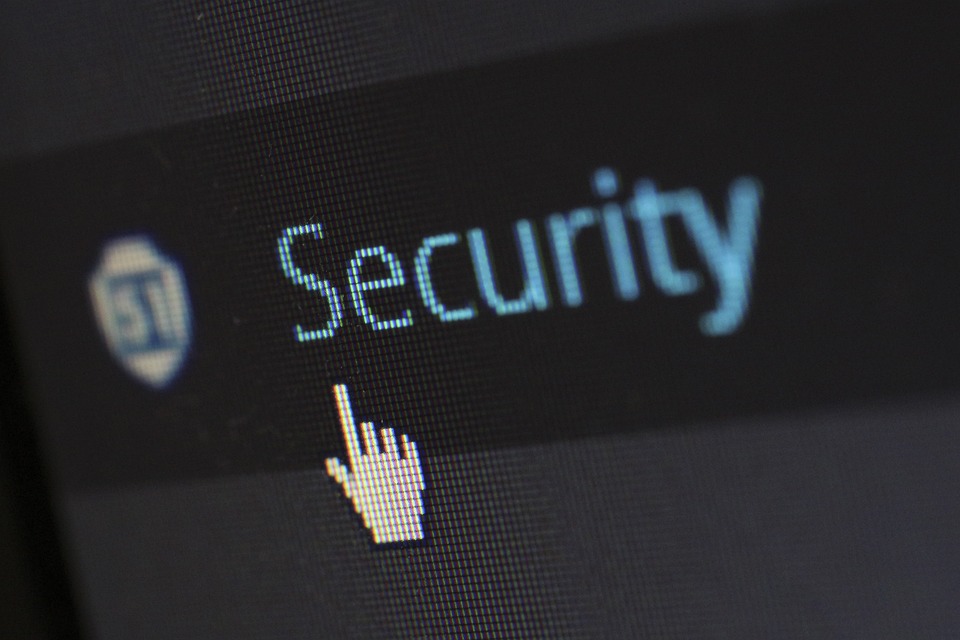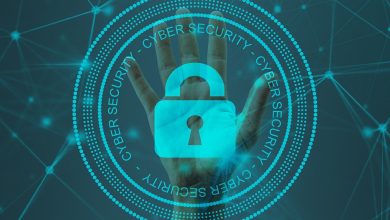Unveiling the Cyber Shadows: Protecting Your Digital Identity in the Age of Advanced Persistent Threats

Introduction to Digital Identity and Cyber Threats
In today’s interconnected world, the concept of a digital identity has become as significant as our physical identity. Our digital footprints, from social media to banking transactions, define our presence in the cyber realm. However, with the rise of sophisticated cyber threats, particularly Advanced Persistent Threats (APTs), it’s more crucial than ever to safeguard our digital personas. APTs are stealthy and continuous computer hacking processes, often orchestrated by a person or group of people targeting a specific entity. These threats are not only prevalent but are also evolving, making traditional cybersecurity measures less effective.
Understanding Advanced Persistent Threats (APTs)
Advanced Persistent Threats (APTs) are a breed of cyber-attacks where an unauthorized user gains access to a system or network and remains undetected for an extended period of time. The intent of an APT is to steal data rather than to cause damage to the network or organization. These attacks are sophisticated and methodically planned, often targeting high-value targets such as nation-states and large corporations. Yet, no digital entity is immune to these threats.
The Significance of Protecting Your Digital Identity
With so much personal information available online, protecting your digital identity is essential. Identity theft, financial fraud, and personal data breaches are just some of the risks. If your digital identity is compromised, the consequences can be as serious as those from threats to your physical self. This includes damage to your reputation, financial loss, and emotional stress.
Practical Tips for Enhancing Online Security
Use Strong, Unique Passwords
The first line of defense against cyber intruders is a strong password. It should be complex, consisting of a mix of upper and lower case letters, numbers, and symbols, and should be unique to each account. Avoid using easily guessable passwords such as “123456” or “password”.
Enable Two-Factor Authentication
One of the most effective ways to enhance security is by enabling two-factor authentication (2FA) on your accounts. This adds an extra layer of security by requiring a second form of verification, such as a text message or an authentication app, to access your accounts.
Regularly Update Software and Systems
Keep your software and systems updated to ensure you have the latest security patches. Cyber attackers often exploit vulnerabilities in outdated software to gain unauthorized access to systems.
Be Wary of Phishing Attempts
Phishing scams are a common way for hackers to gain access to personal information. Be cautious about emails or messages requesting sensitive information and never click on unknown links or attachments.
Limit Personal Information Online
Be mindful of the personal information you share on social media and other online platforms. Oversharing can make you a target for identity theft or social engineering attacks.
Use a VPN When Accessing Public Wi-Fi
Public Wi-Fi networks are notoriously insecure. Using a virtual private network (VPN) can encrypt your internet connection and protect your data from eavesdroppers.
Monitor Your Accounts Regularly
Regularly monitor your banking and social media accounts for any unusual activity. Early detection of suspicious activity can prevent further damage.
Secure Your Mobile Devices
With the increasing use of smartphones, it’s important to secure them as well. Use biometric security features, keep your operating system updated, and be cautious about the apps you download.
Backup Your Data
Regularly backup important data to an external drive or secure cloud service. In case of a cybersecurity incident, having a backup can mean the difference between a minor inconvenience and a major crisis.
Implement a Firewall and Antivirus Software
A firewall can help prevent unauthorized access to your network, while antivirus software scans and removes malicious software from your computer.
Staying Informed and Proactive
Cybersecurity is an ever-evolving field, and keeping abreast of the latest trends and threats is vital. Follow security blogs, attend webinars, and consider joining cybersecurity communities. Being informed can help you recognize and react to cyber threats more quickly.
Conclusion
In the age of Advanced Persistent Threats, the protection of one’s digital identity is not just a personal responsibility but a critical necessity. By practicing diligent online habits and taking proactive security measures, individuals and organizations can significantly mitigate the risk of falling victim to these cyber shadows. Remember, the security landscape is constantly changing, and staying ahead requires vigilance, adaptability, and continuous learning.
#ChatGPT assisted in the creation of this article.



